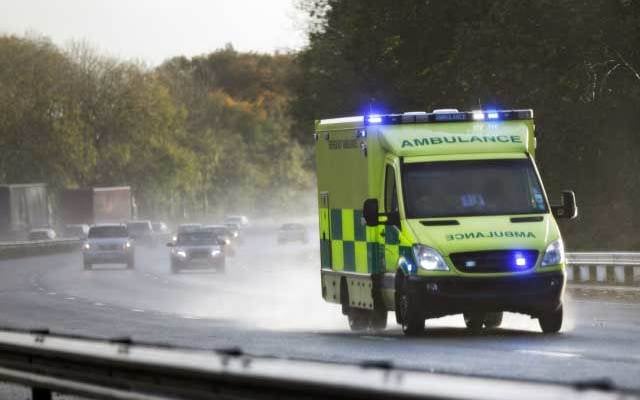All road users feel a moral obligation to stop or pull over when they see the flashing blue lights or hear the siren of an emergency vehicle.
As police cars, ambulances and fire engines race to save someone's life, drivers and cyclists alike quickly figure out where they're going and how to safely move out of the way. But what are the rules of the road when this happens?

Can emergency vehicles ignore the rules of the road?
Police officers, paramedics, firefighters and other emergency responders are subject to the same rules of the road as any other driver. And even if they're responding to a 999 call, they must still drive with the same care and attention as anyone else.
But in an emergency they are allowed to drive in ways that aren't consistent with the law, like exceed the speed limit, pass red lights and drive on the hard shoulder. In unusual road situations they may even drive on the wrong side of the road. Time, for them, is a crucial factor.
Of course, the drivers of emergency vehicles are highly trained. They will only do these things if they judge it to be absolutely necessary and in the best interests of the patient they're transporting, or the people they're on the way to help. And if they believe their actions are safe for other road users.
They're not above the law though. If a police car goes through a red light and hits another car, its driver doesn't have any special rights or privileges when it comes to liability. They can be held to account just like any other driver causing an accident.
What happens if a police car hits you?
If you're involved in a collision with a police car or an ambulance, you should respond in the same way as in any car accident.
If anyone is injured then report the accident to the police, and call an ambulance if necessary. You should then get the details of the driver involved, including their name, address and phone number. This might be difficult if they leave the scene to attend to an incident, but you can contact the relevant emergency service to identify the driver. Plus, emergency vehicles usually have black boxes which track their speed and location.
You should also take down details of how the accident happened, such as the time of day and location, and get the details of any witnesses. Any evidence you can provide to your insurer will help your chances of a successful claim.
The emergency services have procedures for dealing with accidents involving the public. It may even be the case that sorting out a claim is easier when they're involved.
What should you do if an emergency vehicle is approaching?
The Highway Code's Rule 219 says states:
'You should look and listen for ambulances, fire engines, police, doctors or other emergency vehicles using flashing blue, red or green lights and sirens or flashing headlights, or traffic officer and incident support vehicles using flashing amber lights.'
However, you still need to abide by the laws of the road, obey traffic signs, and avoid putting other road users in danger. For example, don't mount the kerb, drive through a red light or brake sharply. Try to figure out what route the emergency vehicle needs to take and then take appropriate action.
If you're looking for car insurance you can read more about our comprehensive cover and get a quote online.
